Prostate cancer is one of the most common causes of death among men. There are tests to diagnose the disease, but they have drawbacks – and can produce misleading results, including false positives as well as false negatives.
That is why Slovak chemist Ján Tkáč from the Institute of Chemistry at the Slovak Academy of Sciences and his team are developing a completely new type of test. It’s one that could help avoid a painful procedure when it is not necessary.
You have been working for several years on the development of a completely new type of prostate cancer test based on nanotechnology. How does it differ from the ones commonly used in clinical practice today?
The uniqueness of our diagnostic test lies in determining the structure of glycans [complex sugars – Ed.]. Currently, to diagnose prostate cancer, tests that determine DNA, RNA, or various protein biomarkers are used. Compared to biomarkers, changes in the structure of glycans better reflect cancerous changes in cells. For example, the level of PSA – prostate specific antigen – in blood can increase as a result of inflammation or after intense bicycle exercise.
On the other hand, a genetic predisposition does not necessarily mean that a disease will develop. Moreover, many DNA, RNA, or protein biomarkers can only be determined in tissue after a biopsy, and cannot be used for early diagnosis. Changes in the structure of glycans can be measured in the blood. Therefore the invasiveness of our test is minimal and it could be used to diagnose the early stages of prostate cancer.
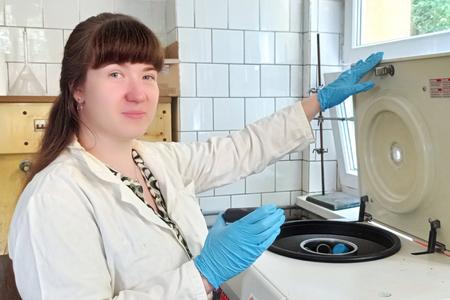
In what ways has nanotechnology helped you in your research?
Nanotechnology helped us to design our test to make it compatible with clinical practice. This is very important, because the standard method of glycan determination relies on expensive instruments, which occupy a large space, and a complicated and long evaluation method. Our approach is based on a plate the size of a cell phone and measures the degree of colour change of a sample. The intensity of the colour is proportional to the change in glycans and, in a certain way, to the stage of the disease.
Do the standard tests need replacing?
The current standard is the PSA test. However, it is unreliable, with a low accuracy of around 68 percent. That is why the analysis can end up in the so-called grey zone, when it is difficult for the urologist to decide whether increased values result from inflammation, a benign disease, physiological enlargement of the prostate, or cancer – making for an unpleasant situation for both urologist and patient.
Many experts suggest that the PSA test is not suitable for prostate cancer screening at all, but should instead be used for monitoring the progression of the disease or in the treatment process. This is why the international guidelines for how often the PSA should be analysed, the suitable age structure of men tested, and the safe values have changed significantly in the last 20 years.
To stay up to date with what scientists in Slovakia or Slovak scientists around the world are doing, subscribe to the Slovak Science newsletter, which will be sent to readers free of charge four times a year.
Are there more problems with PSA tests?
The tests can also deliver false positive results, which lead to biopsies that prove negative; or false negative results, which allow the disease to develop. Both types of results are undesirable, which is why more reliable tests are being systematically developed.
What are those?
One of them is the PHI [prostate health index – Ed.] test used in many countries. With an accuracy of 73 percent, it is still far beneath the expectations of urologists and patients. Currently, several methods are being developed, including ours, with an accuracy of around 84 to 86 percent. The goal of our start-up, Glycanostics, is to increase reliability to a level of around 90 percent by analysing several types of glycans.

To confirm or rule out the presence of cancer a biopsy is used. Does this mean it would no longer be necessary?
A biopsy is still necessary to definitively confirm the disease and to determine its stage. However, it is a very unpleasant procedure that many men want to avoid. Biopsies can lead to complications such as inflammation of the prostate. However, a biopsy is not completely reliable, as it can be difficult to sample tissue from the cancer-affected area of a prostate.
That is why biopsy is combined with magnetic resonance imaging – MRI. An MRI can show the problematic part of the prostate and allow a targeted biopsy. You have to realize that a prostate is a relatively small organ and the number of biopsies that can be performed is limited. Therefore a correct decision is very important.
Why design a test based on nanotechnology? What advantage does it offer?
Nanotechnologies allow us to shorten the analysis time and increase sensitivity. That is, they provide the possibility to determine small changes in the structure of glycans. This enables us to diagnose cancer at an early stage and accurately analyse a large number of samples in a short time. Moreover, a very small sample is sufficient. At the same time, they allow for easy transfer of our technology to the automatic diagnostic devices of the leading cancer laboratories.
What would be the greatest benefit of your test?
The test will help urologists to decide whether a biopsy is necessary, or whether a preventive check-up with a blood analysis will be sufficient. At the same time, the clinical validation [i.e. testing to meet clinical standards – Ed.] shows that our test can be used to distinguish patients with early-stage prostate cancer from those with late-stage cancer. In the former, active monitoring of patients is enough, because the early stage is not life-threatening and can last for a few years. In the latter, surgery or treatment is necessary. The validation also revealed that our test can be used to monitor the success of a treatment.
On what principle does your test work and what does it look like?
First of all, collection of a blood sample is necessary in order to prepare blood serum, mainly by removal of white and red blood cells and other types of cells. This is a standard procedure for regular tests as well. Subsequently, we mix one drop of the blood serum with modified magnetic nanoparticles. We then determine the change in the glycan structure, resulting in one specific value that determines the probability of prostate cancer in the patient.
Can your test be used for other types of cancer? Would something have to be modified to make this possible?
Yes, it can. A smaller clinical validation on 100 samples showed that it can be used to diagnose breast cancer with a high reliability of 90 percent. This is very important, as breast cancer is the most common cancer in women, with a higher number of deaths compared to prostate cancer. In this case, we measure changes in other types of glycans, but the procedure is the same. We are preparing a clinical validation using several hundred blood serum samples to confirm its high reliability.
In the near future we are also planning validations for the diagnosis of pancreatic and lung cancer. We are communicating with several clinical institutes in Slovakia and abroad in order to obtain high-quality blood serum samples necessary for the validation. At the same time, these contacts allow us to discuss the requirements of clinical practice that our tests are supposed to address.
When will your tests be available?
Our primary goal is to license the technology to a large pharmaceutical or diagnostics company that would market the tests themselves. We believe that this would be possible within one or two years. However, we are also considering an alternative – to produce and distribute the tests ourselves. In that case, they could be used in Slovakia and selected countries within a year.
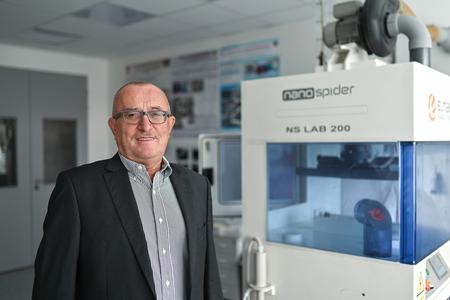
What are the symptoms of prostate cancer? What should a man look for?
Prostate cancer is one of the most common causes of death in men. The main reason for that is late diagnosis, [when the cancer is] at an aggressive stage. Prostate cancer can go unnoticed and develop for a long time without obvious symptoms. One of the symptoms is problematic urination. However, this does not automatically mean cancer, as it may be related to physiological enlargement of the organ, which comes with age.
Problematic urination should be the first red flag for men and a sign to visit their urologist. Another way to reduce the possibility of developing prostate cancer is to undergo regular preventive examinations after the age of 55. This is the best way to catch the disease at an early, non-life-threatening stage.
You have received several prestigious grants. How crucial were these to your research?
The first ERC Starting Grant was very important for the development of my scientific group, which focuses mainly on basic research and the possibilities of nanotechnologies and nanomaterials in the field of glycomics [a scientific discipline devoted to the study of the roles of glycans in our body – Ed.]. Key to this phase was Tomáš Bertók, who introduced a number of techniques in the group that we used when solving the project. The results of the basic research were then implemented in the applied research, for which we used the second ERC Proof of Concept Grant and focused on optimization of the cancer diagnostics.
With the SME Instrument 1 Grant we were able to realize the commercial application of our test, resulting in a feasibility study. The arrival of our CEO Eva Kováčová, who has years of experience in pharmaceutical companies, significantly improved the quality of our team. This enabled us to receive our first venture capital investment, as well as an EIC Accelerator Grant, as one of 68 companies across the EU. Without these we would not have been able to successfully develop our company.
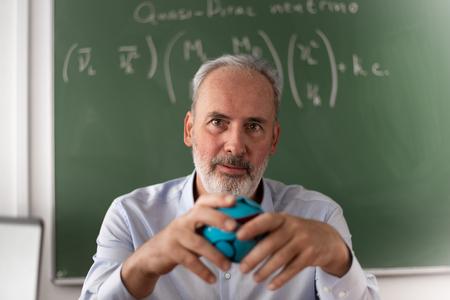
In this regard, what does the situation for budding scientists in Slovakia look like? Do they have any chance of receiving grants?
The situation is very complicated because the grant agencies do not have enough funds to finance all high-quality projects. It is very difficult for young scientists to compete with experienced scientists. To support the younger ones it would be ideal to have specific initiatives. A small light at the end of the tunnel are the initiatives in universities, the SAV or its institutions to support promising young scientists from internal sources.
However, this is not a systemic solution, and that is why very often the best young scientists leave Slovakia after completing their PhDs. Only a few of them return. For such a small country, this greatly impoverishes Slovakia. The priority should be to invest in top science with the possibility of bringing solutions with high added value in the future. For this purpose, sources from structural funds should be spent much more effectively.
This article is supported by the ESET Foundation, which awards the ESET Science Award to exceptional scientists every year.



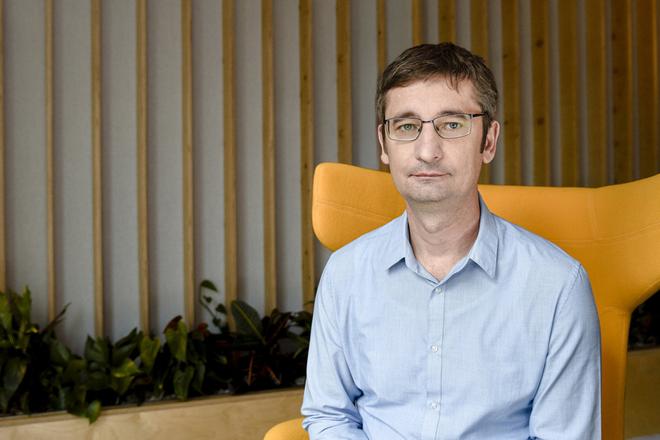 Chemist Ján Tkáč. (source: ESET Science Award Archive/Linda Kisková Bohušová)
Chemist Ján Tkáč. (source: ESET Science Award Archive/Linda Kisková Bohušová)
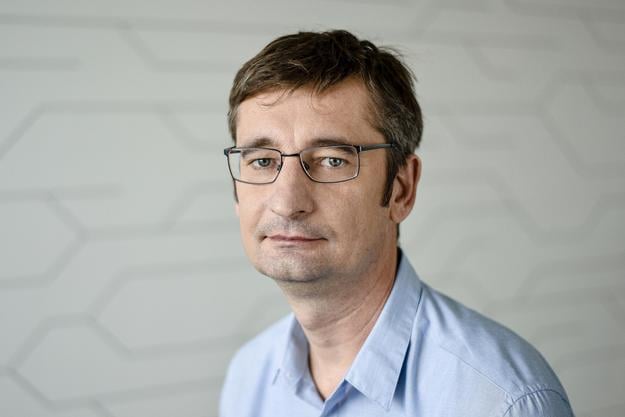 Chemist Ján Tkáč. (source: ESET Science Award Archive/Linda Kisková Bohušová)
Chemist Ján Tkáč. (source: ESET Science Award Archive/Linda Kisková Bohušová)